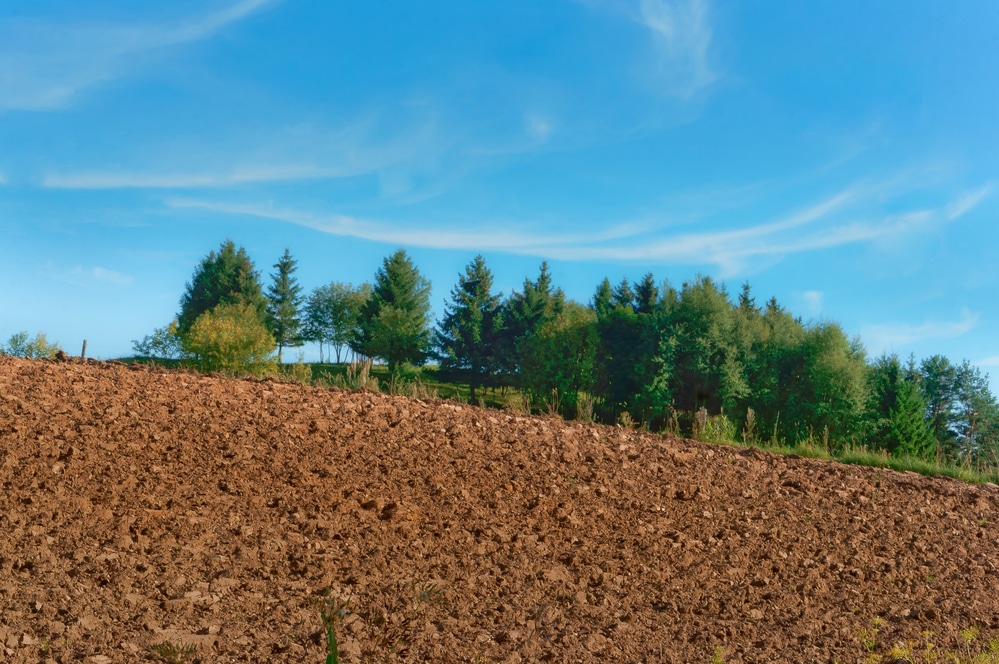Whether for urban or agricultural development, land clearing is a process that can harm natural ecosystems and produce a lot of waste. While a necessary development process, there are ways to minimize our impact on the environment. Here are a few environmentally friendly ways to clear land for development.
Underbrush Clearing
Underbrush clearing is a much less intensive process focusing on merely clearing out debris and brush rather than stripping the land down to the soil. This method works best for smaller areas with few trees or stumps, but it’s an excellent way to minimize any damage to the land. To accomplish underbrush clearing, mowers and hydro-axes are typically the main tools. Mowing is an efficient way to clear weeds, while hydro-axing clears out thicker growth.
By mowing and hydro-axing, the process leaves plenty of mulch to enrich the topsoil, and the wildlife surrounding the area remains as undisturbed as possible.
Forest Mulching
The most environmentally friendly way to clear land for larger projects is through forest mulching. Capable of handling any size plot of land, it’s a much better alternative to bulldozing because it re-enriches the soil and prevents long-term damage.
Forest mulchers are a great way to rehabilitate the land after clearing so that the ecosystem of the surrounding area can more quickly recover with fewer consequences. Mulchers work by cutting down trees, stumps, and other larger, more extensive vegetation and then mulching all that plant matter. As the mulcher works, it spreads mulched material over the land to help the topsoil recover. In contrast, bulldozers strip away the topsoil, making it difficult for vegetation to regrow. Furthermore, if the property owner wants to keep any of the trees, the mulcher leaves feeder roots exposed and undamaged as it works.
Recycling Materials
When the materials gathered during the land-clearing process aren’t mulched, they’re often disposed of. This is an incredible waste that generates pollution for no good reason. Wood, in particular, can serve new purposes – such as construction materials, sold as firewood, or supplied to restaurants as cooking wood. Because wood is such a versatile and widely used material, there’s simply no excuse to burn or throw it all out.














